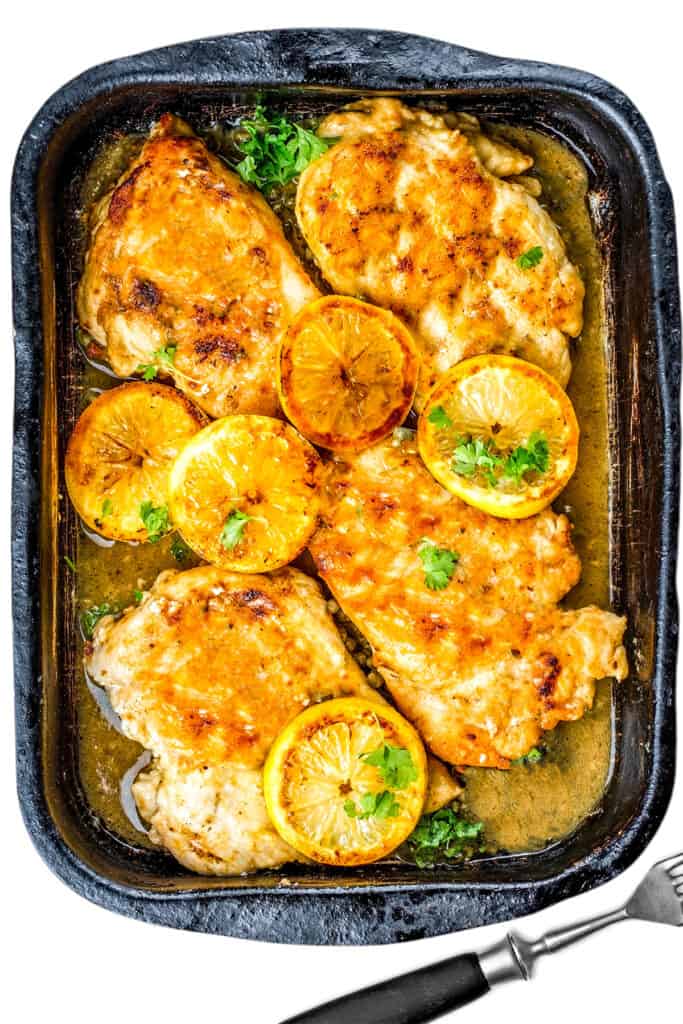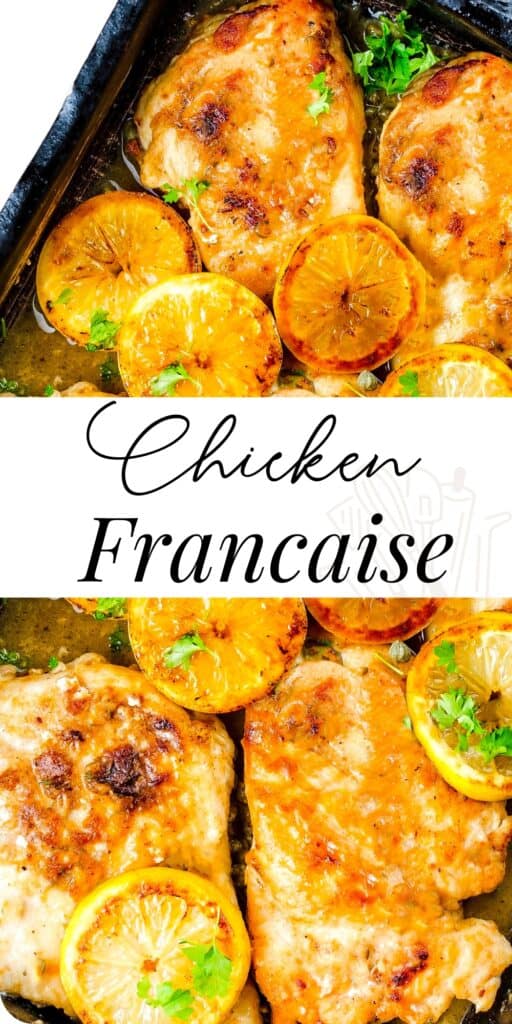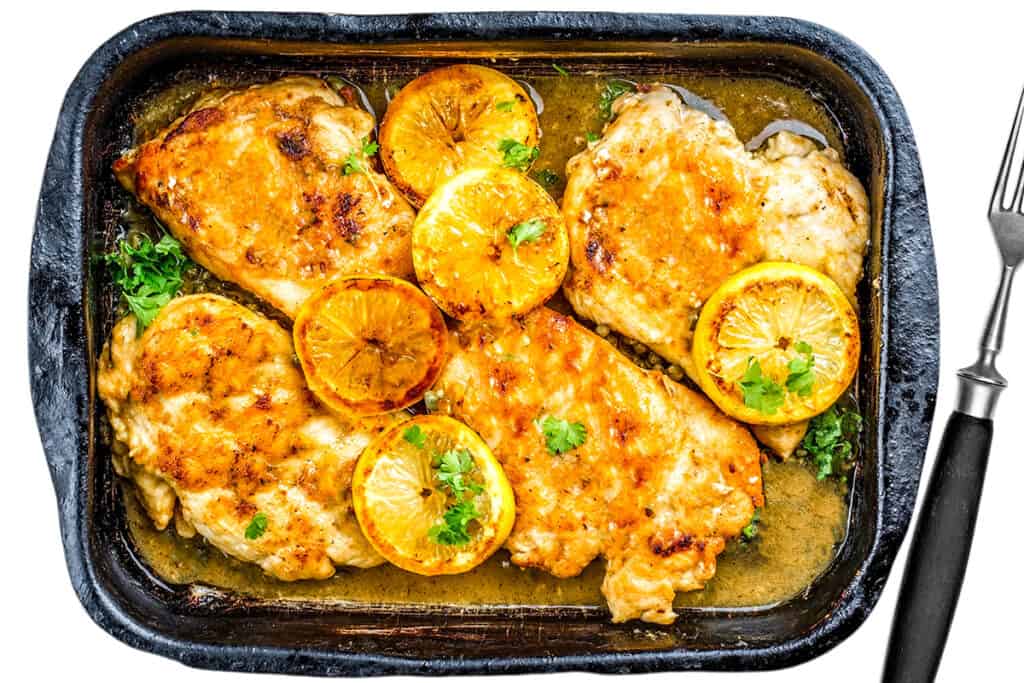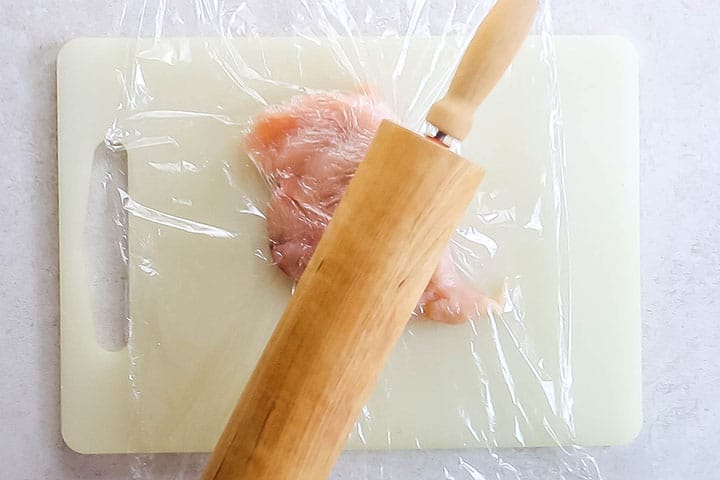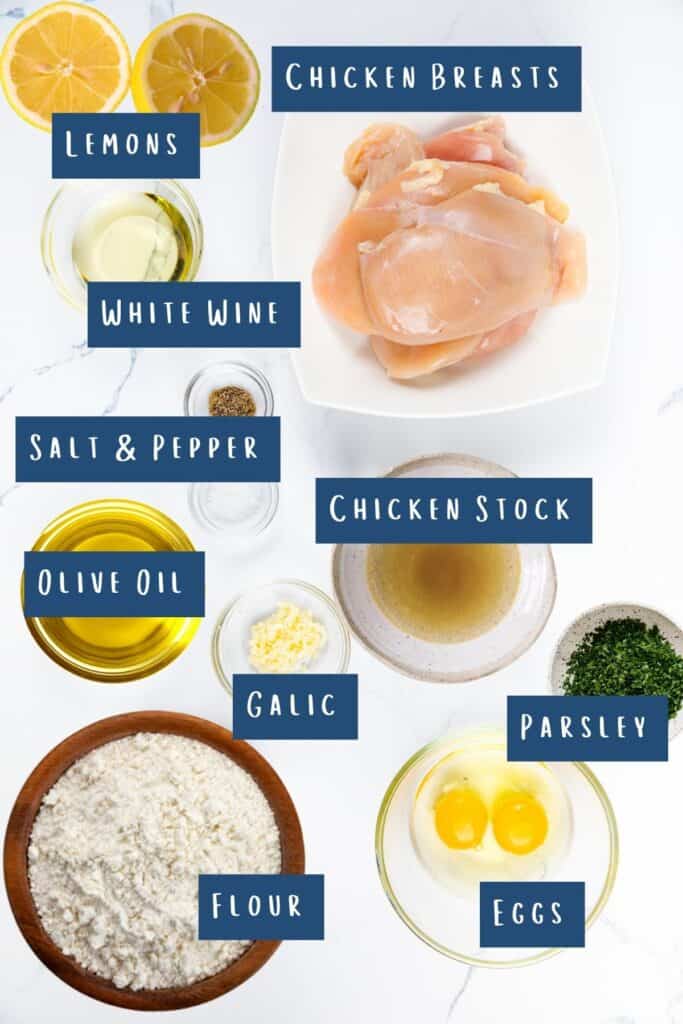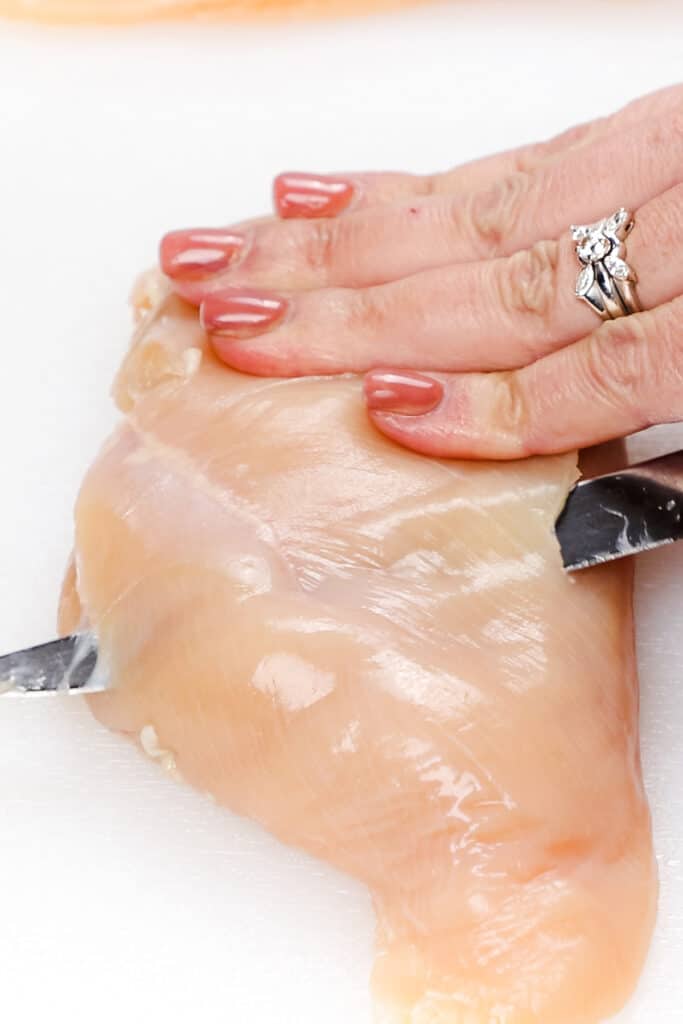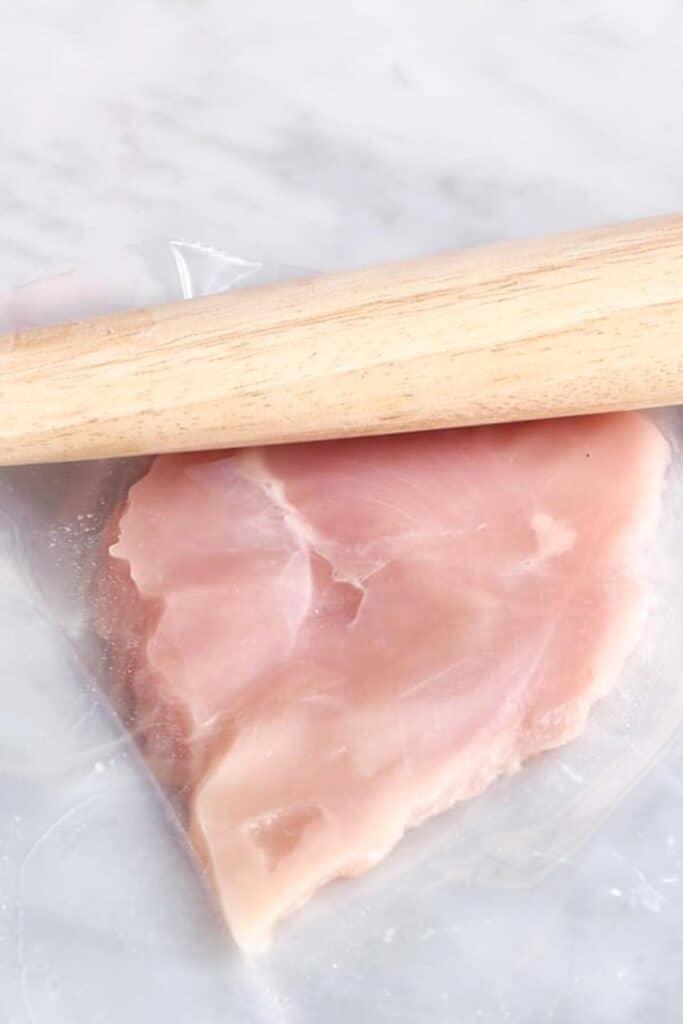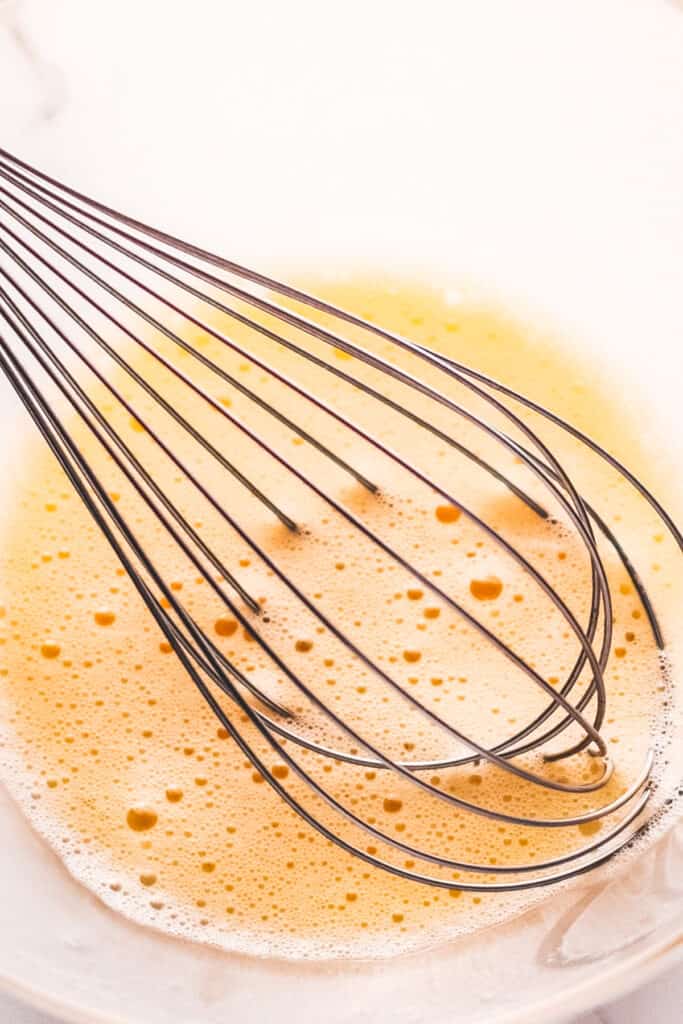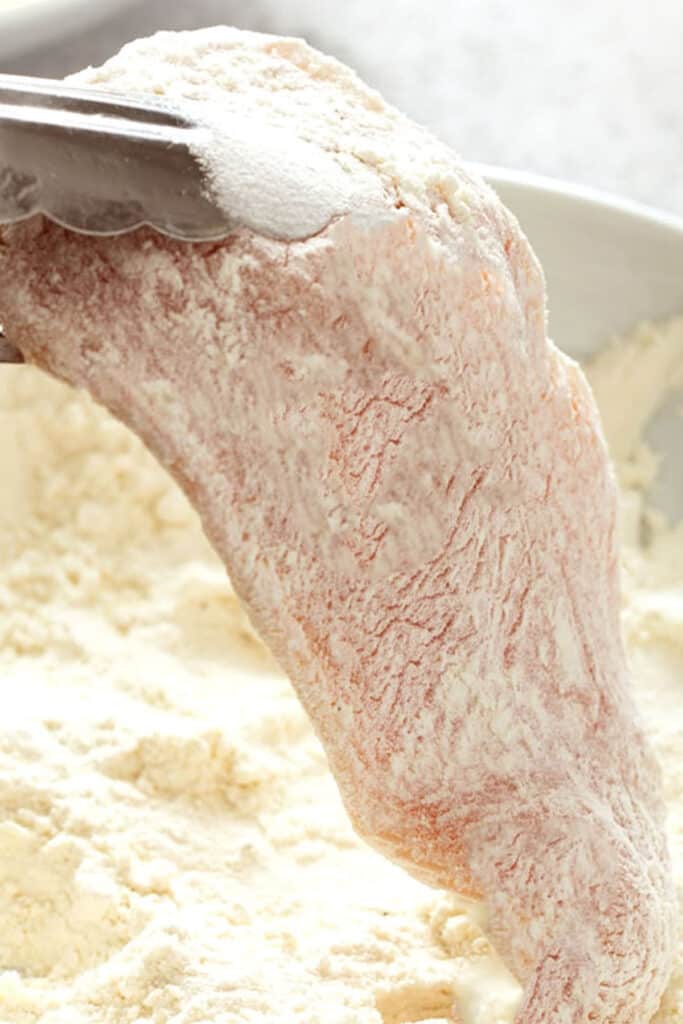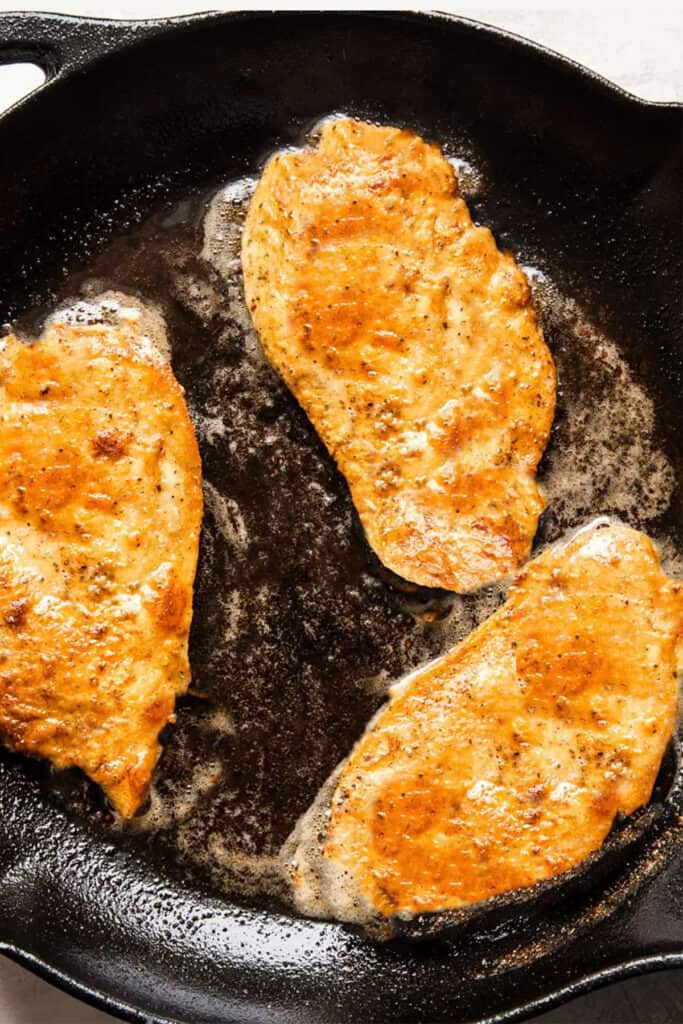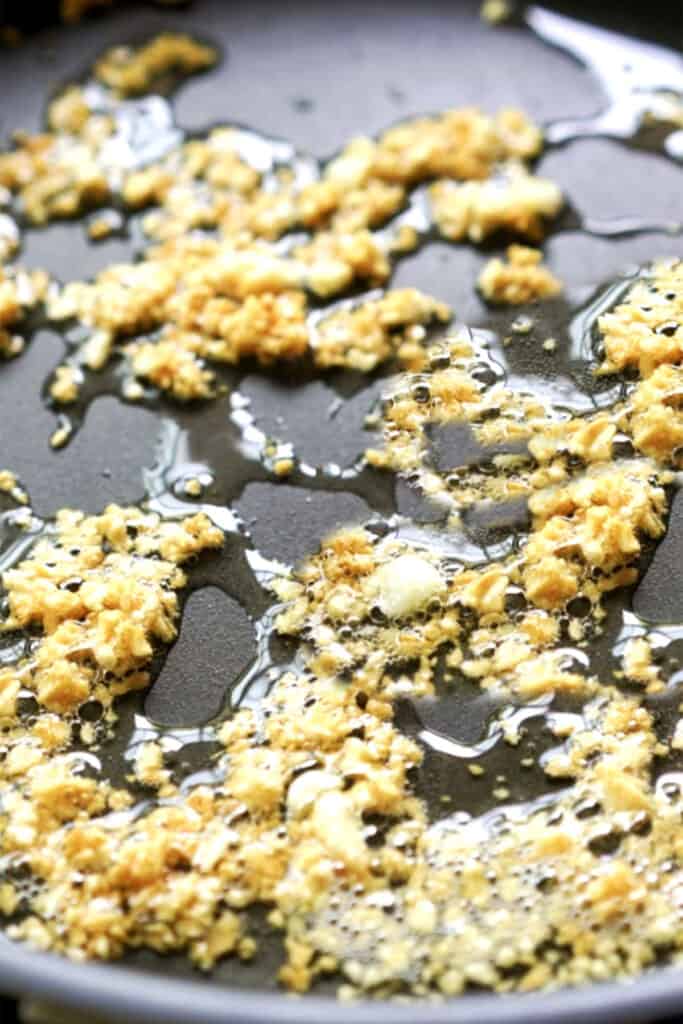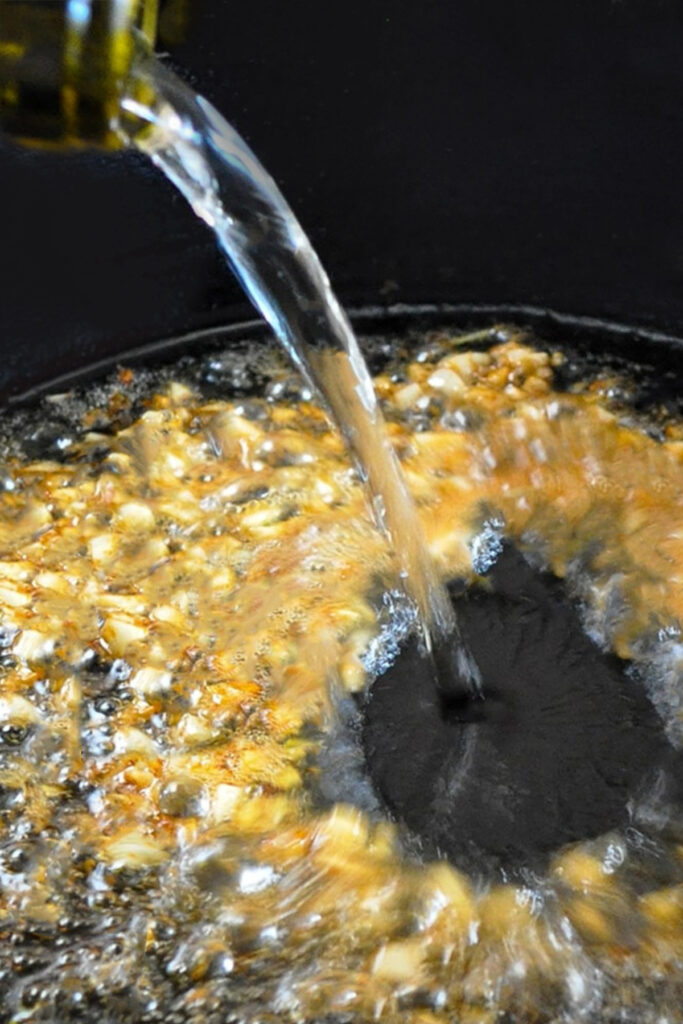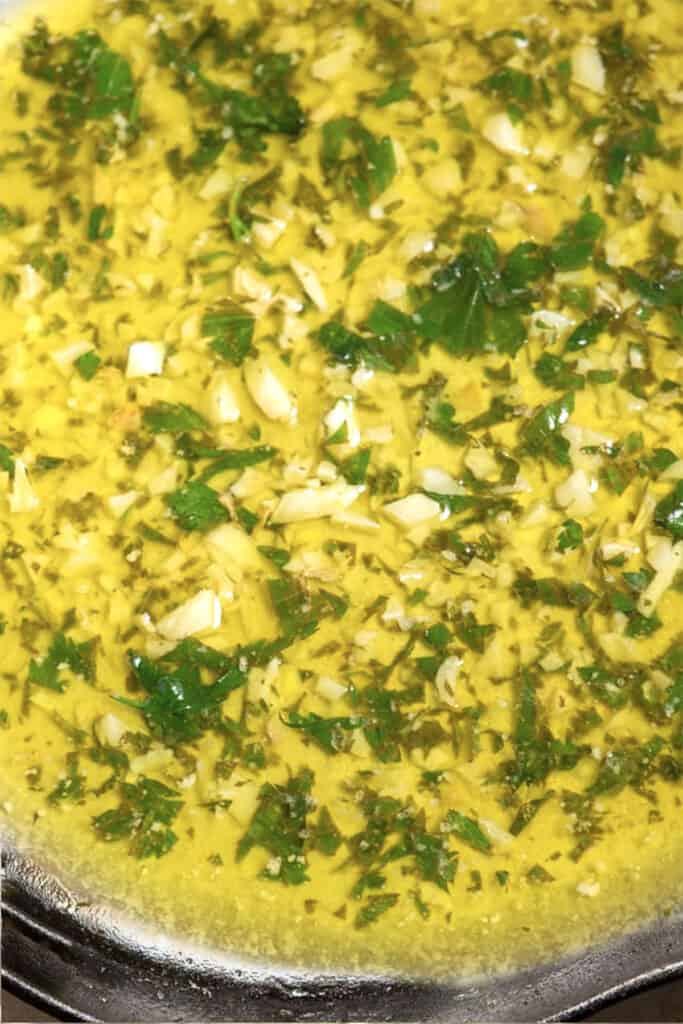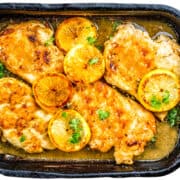Serve on a bed of pasta or alongside homemade rice pilaf for an outstanding dinner that’s sure to impress. For many of us, Italian restaurants are our first pick for a delicious meal. But going out isn’t always an option, so I’ve learned to perfect restaurant-quality meals at home. This Chicken Francaise recipe is one of my favorites. Tender chicken, in a garlicky lemon sauce, just like you get at your favorite Italian!We love making pasta dishes like Fettuccine Alfredo and Spaghetti Bolognese and often make classics like Chicken Cacciatore and Shrimp Scampi. Today, I’m sharing my easy Chicken Francaise recipe so that you can have it any night of the week – no matter what your budget.
What Is Chicken Francaise
Also known as Chicken Francese, it consists of chicken breasts coated in flour and egg, then pan-fried and served in a white wine and lemon sauce flavored with butter and chicken stock. My version has garlic which isn’t traditional, but it’s what I grew up with, and I think it’s a wonderful addition.
Step By Step Instructions.
Using a sharp knife, slice four chicken breasts into cutlets by cutting each chicken breast into two or three thin slices. Flour: All-purpose or plain flour is best for coating the chicken, as it provides a crunchy texture and helps lock in moisture. Eggs: Use large or jumbo-sized eggs. Lemon: Use fresh lemon for this recipe to maximize flavor. Store-bought or bottled lemon juice often tastes too acidic and artificial. Trust me; it’s worth the effort! Wine: Any white wine can be used for this recipe. A light-bodied variety such as Pinot Grigio, Sauvignon Blanc, or Chardonnay will produce the best flavor profile. You can use extra stock with a couple of teaspoons of vinegar for an alcohol-free option. Butter: We recommend using unsalted butter in this recipe to control the amount of salt added. For a lighter version, you can use olive oil instead. Garlic: Fresh garlic is recommended for this recipe. If you need a time saver, try slicing instead of mincing the garlic. Parsley: Fresh parsley is best for maximum flavor and color contrast; however, you can substitute it with dried parsley in a pinch. Then Put the chicken breasts on a cutting board and lay a piece of plastic wrap over them. Pound the chicken breasts with a meat mallet or rolling pin until they are about a quarter-inch thick. In a separate shallow bowl, beat four eggs with 3 tablespoons of water. and season with salt and pepper. Then in a shallow bowl, mix ½ cup all-purpose flour with some salt and pepper. Then dredge both sides of the chicken in the seasoned flour, then dip them in the egg wash to coat thoroughly, letting the excess drip off. Add the coated chicken to the hot oil and fry for 2 minutes on each side until golden, turning once. Remove to a large platter in a single layer to keep warm. Add 4 minced cloves of garlic to the pan and cook for 30 seconds. Add ½ cup of white wine, 1½ cups of chicken stock, and the juice and zest of 1 lemon, and simmer for 5 minutes to reduce the sauce slightly. Combine 2 tablespoons of melted butter with 2 tablespoons of flour and add it to the pan, constantly stirring until melted. This will thicken the sauce. Reduce the heat to medium-low, add chopped parsley, and return the chicken to the pan; place the lemon slices on top of the chicken and simmer for 2 minutes to heat the chicken through. Taste for seasoning and season with salt as needed before serving. Erren’s Kitchen is written and produced for informational intentions only. We are not certified nutritionists, and the nutritional information found on this site has not been assessed or authorized by a nutritionist or the FDA. The nutritional information found in our recipes is offered as an estimate and should not be considered a guarantee or fact. The estimated data is provided as a courtesy and calculated through a third-party online nutritional calculator, spoonacular API. Although we do our best to provide accurate nutritional information, these figures should be considered rough estimates. Many factors, such as brands or products purchased and the nutritional fluctuations that naturally occur in fresh produce, can alter the effectiveness of the nutritional information in any recipe. Furthermore, various online calculators provide different results depending on their particular algorithms and nutrition fact sources. To obtain the most precise nutritional information in a provided recipe, you should calculate the nutritional information with the exact ingredients you are using when preparing the recipe using your preferred nutrition calculator.

